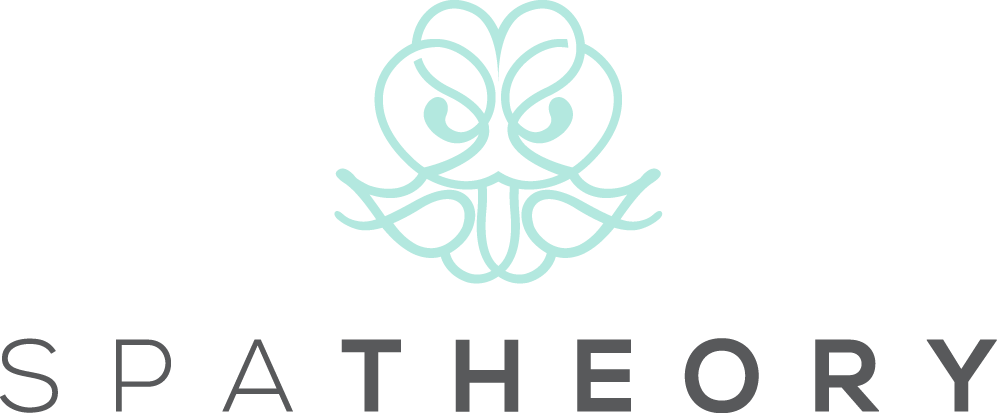Plantar Fibroma Massage: How-To Guide
Living with a plantar fibroma can be a real pain in the foot. If you're dealing with this pesky condition, you're probably looking for ways to find relief. Well, you're in the right place! In this guide, we'll explore how massage can help alleviate the discomfort associated with plantar fibromas and walk you through some effective techniques you can try at home.
What is a Plantar Fibroma?
Before we dive into massage techniques, let's quickly cover what we're dealing with. A plantar fibroma is a benign (non-cancerous) growth that develops in the arch of your foot. It's essentially a small, firm nodule that forms within the plantar fascia, the thick band of tissue that runs along the bottom of your foot. While it's not typically dangerous, it can cause discomfort and affect your gait if left untreated.
Benefits of Massage for Plantar Fibroma
Pain Relief
One of the primary benefits of massaging a plantar fibroma is pain relief. By applying targeted pressure and manipulation, you can help reduce the discomfort associated with this condition. If you're interested in learning more about how massage can help with foot pain in general, check out our article on how to relieve pain with foot massage.
Improved Circulation
Massage can boost blood flow to the affected area, which may help reduce inflammation and promote healing. Better circulation can also help deliver more nutrients to the tissues in your foot, potentially aiding in recovery.
Reduced Tension
Regular massage can help loosen tight tissues around the fibroma, which may help alleviate some of the tension and discomfort you're experiencing.
Enhanced Mobility
As the pain and tension decrease, you might find that your foot becomes more flexible, allowing for improved range of motion and easier movement.
Stress Reduction
Let's face it - dealing with foot pain can be stressful. The act of massaging your foot can be relaxing in itself, helping to reduce overall stress and tension in your body.
Preparing for a Plantar Fibroma Massage
Consultation
Before you start any new treatment, it's always a good idea to consult with a healthcare professional. They can provide guidance on whether massage is appropriate for your specific condition and offer any necessary precautions.
Safety Precautions
Make sure your hands and feet are clean before you begin. If you have any open wounds or infections on your foot, it's best to avoid massage until they've healed.
Choosing Techniques
There are several massage techniques that can be effective for plantar fibromas. We'll cover some of these in the next section, but remember that what works best can vary from person to person.
And don’t forget that while self massage can be beneficial, sometimes it's nice to let a professional take care of you. So if you're in the Austin area and looking for a relaxing experience, why not schedule a couples massage in Austin, TX? Take the load off and let our expert hands work their magic in the comfort of your very own home!
Step-by-Step Guide to Plantar Fibroma Massage
Warm-Up
Start by gently warming up your feet; you can do this by soaking it in warm water for a few minutes or by applying a warm compress. This helps relax the tissues and makes them more receptive to massage.
Technique Demonstration
Here's a basic technique to try:
Sit comfortably with your affected foot resting on your opposite thigh.
Using your thumbs, apply gentle pressure around the edges of the fibroma. Don't press directly on the nodule itself, as this could cause discomfort.
Slowly work your way around the fibroma in a circular motion, gradually increasing pressure as tolerated.
Next, try a "milking" technique: using your thumb and index finger, gently squeeze the tissue on either side of the fibroma, moving from the heel towards the toes.
Finally, gently stretch the arch of your foot by pulling your toes back towards your shin.
Pressure and Duration
Start with light pressure and gradually increase as tolerated. Aim for about 5-10 minutes of massage, but listen to your body. If you experience pain, ease off or stop.
Frequency
You can perform this massage daily, ideally in the morning before you start your day and in the evening to help relax your foot.
Additional Therapies and Remedies
Stretching Exercises
Incorporating stretches for your calf muscles and plantar fascia can complement your massage routine and help improve flexibility.
Ice and Heat Therapy
Alternating between ice and heat can help manage pain and inflammation. Try icing your foot for 15-20 minutes after massage, and using heat before massage to relax the tissues.
Footwear Modifications
Wearing supportive shoes with good arch support can help alleviate pressure on the plantar fibroma. Consider using orthotic inserts for additional support.
Diet and Nutrition
While there's no specific diet for plantar fibromas, maintaining a healthy weight and eating anti-inflammatory foods may help manage symptoms.
When to Seek Professional Help
Persistent Symptoms
If your symptoms persist or worsen despite home treatments, it's time to consult a healthcare professional.
Referral to Specialists
Your doctor may refer you to a podiatrist or orthopedic specialist for further evaluation and treatment.
Medical Treatments
In some cases, more intensive treatments like corticosteroid injections or, rarely, surgery may be recommended.
The Bottom Line
It’s simple - living with a plantar fibroma doesn't have to mean constant discomfort. If you incorporate regular massage into your routine, along with other self-care measures, you can manage your symptoms and keep your feet feeling their best. Remember to be patient - healing takes time, but with consistent care, you can step towards a more comfortable future.


